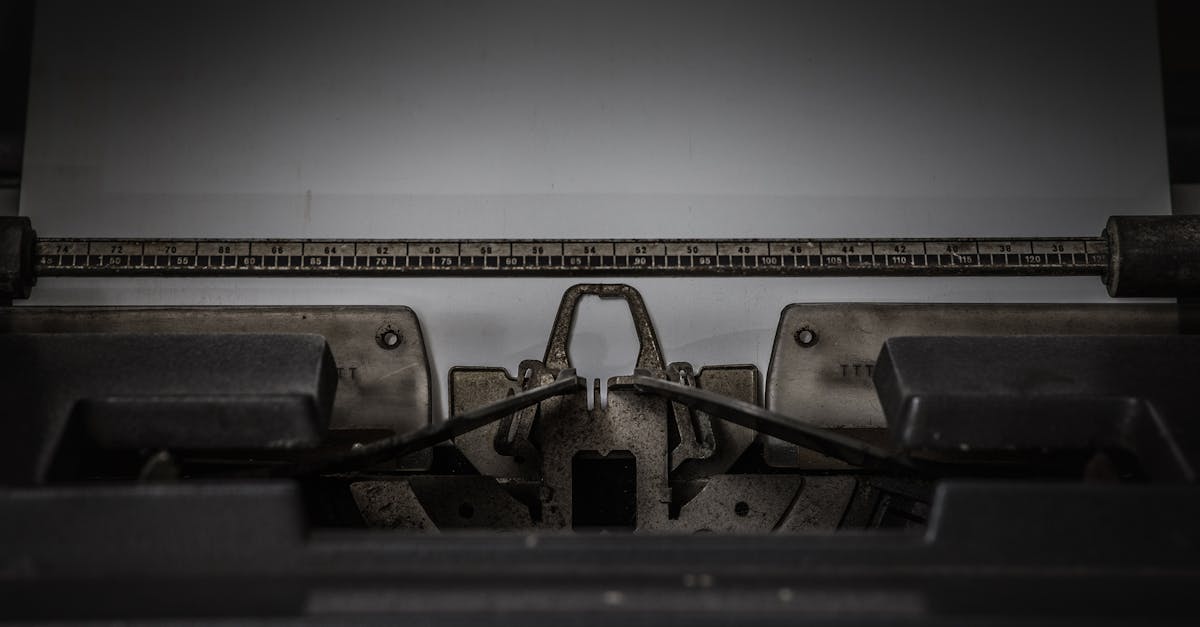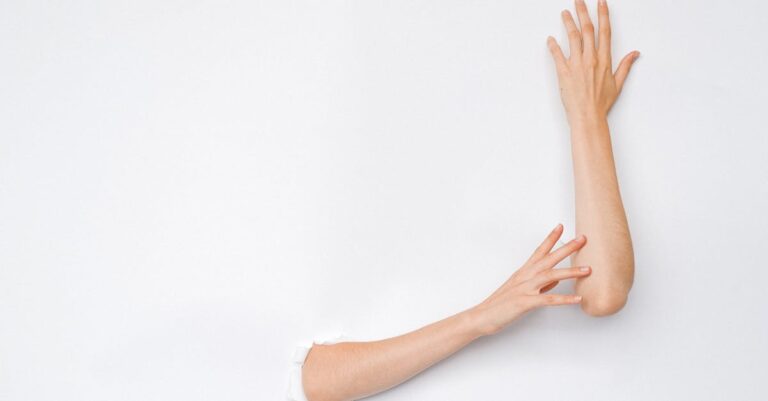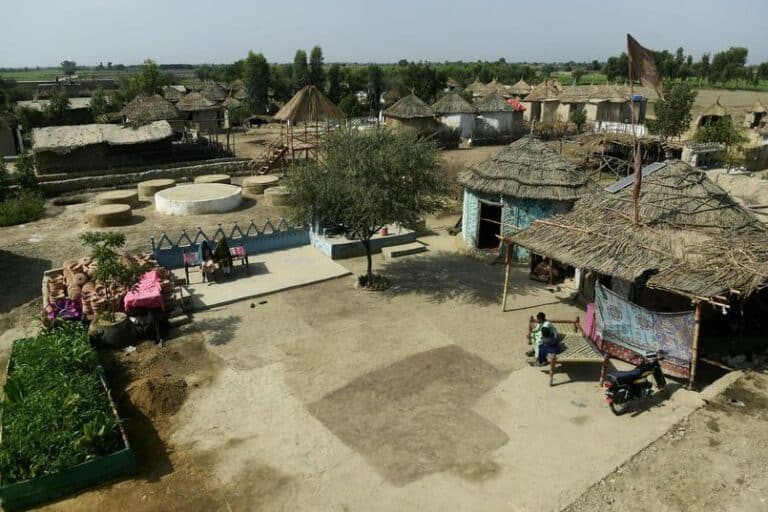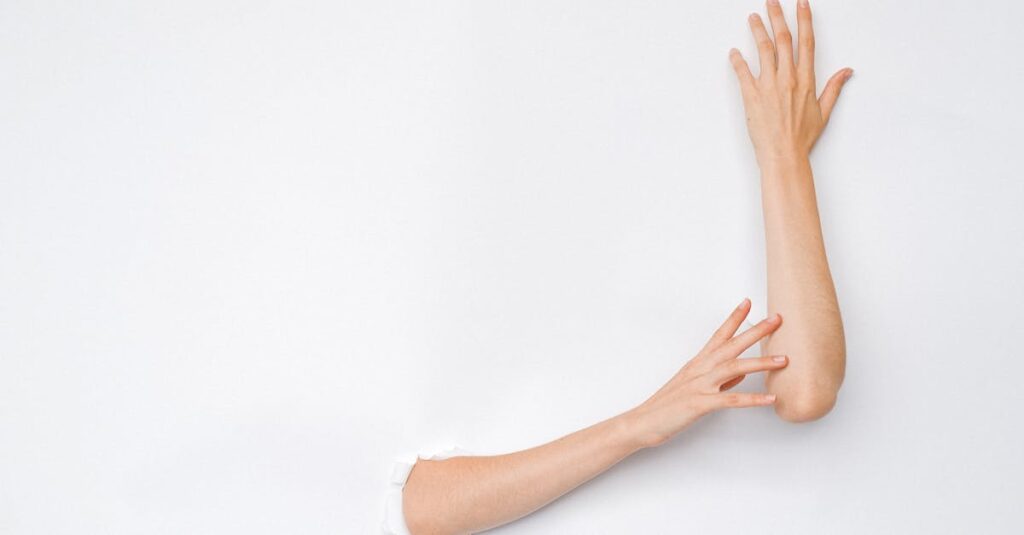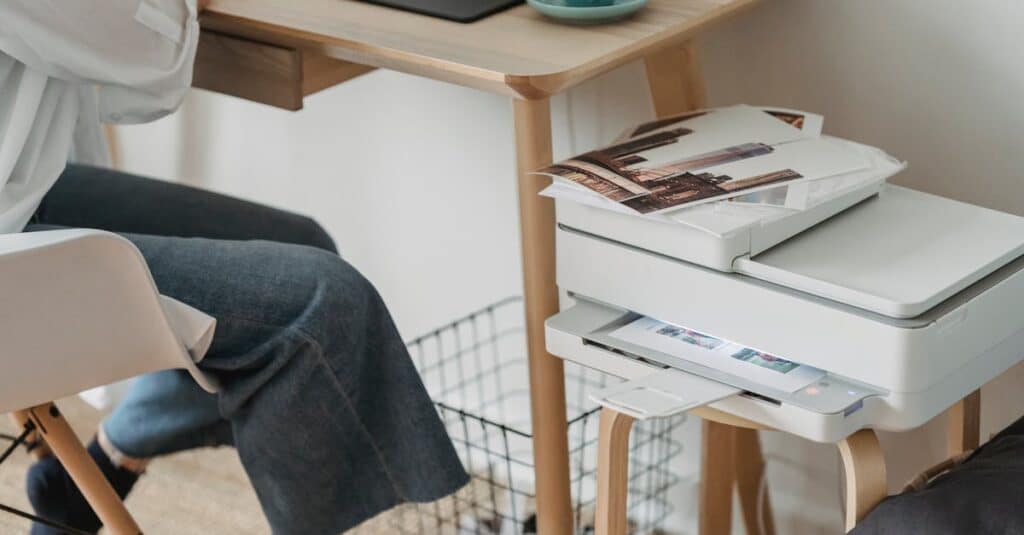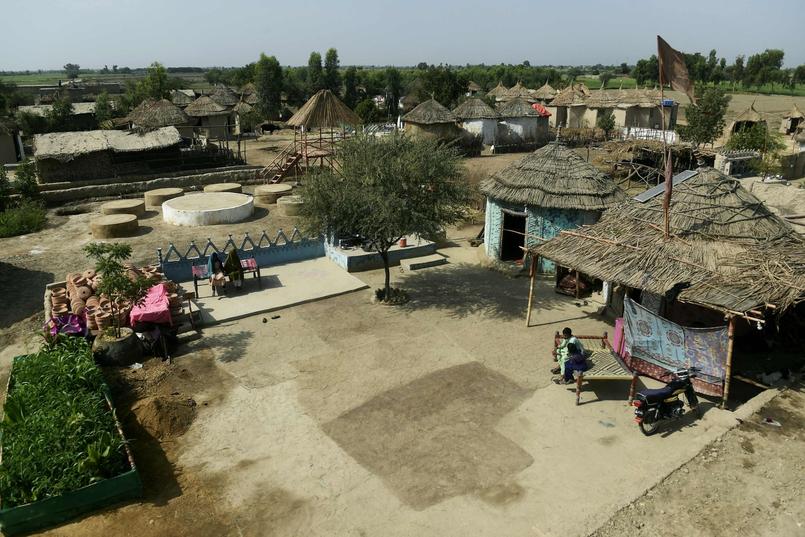The quest for innovation continues to surprise us with a new 3D printing method that revolutionizes the creation of natural fibers. By drawing inspiration from the incredible filament structures found in nature, this advanced technique enables us to replicate the unique characteristics of these materials while overcoming the challenges associated with their complexity. Imagine objects crafted from spider silk or defensive filaments from hagfish, offering unparalleled performance for various uses. Thanks to this approach, the field of 3D printing is entering a new era where innovation and sustainability are combined.

Researchers have recently focused on the reproduction of the best natural fibers using a new 3D printing technique. This opens the door to significant innovations across various fields, ranging from healthcare to interior design. By examining the structures and amazing properties of these fibers found in nature, the goal is to create materials that both imitate and enhance the characteristics of biological examples. This promising research could revolutionize our approach to additive manufacturing.
Table of Contents
ToggleAn advanced gel impregnation technique for creating sophisticated fibers
The 3D printing method using gel is at the heart of this innovation. By utilizing a gel impregnation, researchers have successfully created fine fibers with diameters as small as one micron. This approach prevents the breakage of filaments during the printing process, an essential corollary for soft and flexible structures. The complexities of the shapes thus generated allow for the development of parts with enhanced functionality, inspired by the ingenuity of natural biophysical materials.
Varied applications and enormous potential
One of the most captivating features of this new method lies in the ability to apply these new materials across a multitude of fields. For example, the fibers produced could be used in the fashion industry for technical garments, in the automotive sector for lightweight parts, or even in the medical field for custom prosthetics. The ability to precisely manipulate the geometry of the fibers offers a wide range of possibilities, integrating unique mechanical and aesthetic performances. The environmental impact could also be improved through the use of bio-sourced materials, making this technology beneficial not only for the economy but also for our planet.

